This article aims to shed light on the differences between ANSI Lumen and Lumen, providing a comprehensive knowledge of these luminosity measurements.

ANSI Lumens measurement method
The comprehension of the advantages and limitations of ANSI Lumens as a brightness metric is important for making informed decisions when selecting projectors based on their brightness capabilities.
Standardized ANSI Lumen measurement
ANSI Lumen is a standardized unit of measurement used to quantify the brightness or light output of projectors. It is an industry-accepted metric developed by the American National Standards Institute (ANSI) to ensure comparisons that are fair and accurate between various projector types.

The American National Standards Institute (ANSI) Lumens represent the entire amount of light that can be seen produced by a projector, measured in lumens, and take into consideration the lightness of the projected picture along with the optical capabilities of the projector.
Key features and considerations
ANSI Lumen is specifically designed to assess the projector brightness capabilities. It takes into consideration the entire projected image, including the brightest and darkest areas, to provide a comprehensive measurement of the projection screen.
Numerous things may influence ANSI Lumens rating options, such as the light source technology (e.g., lamp or LED), projector optics, color temperature, and image settings. Additionally, ambient light conditions and screen characteristics can also affect the perceived brightness.
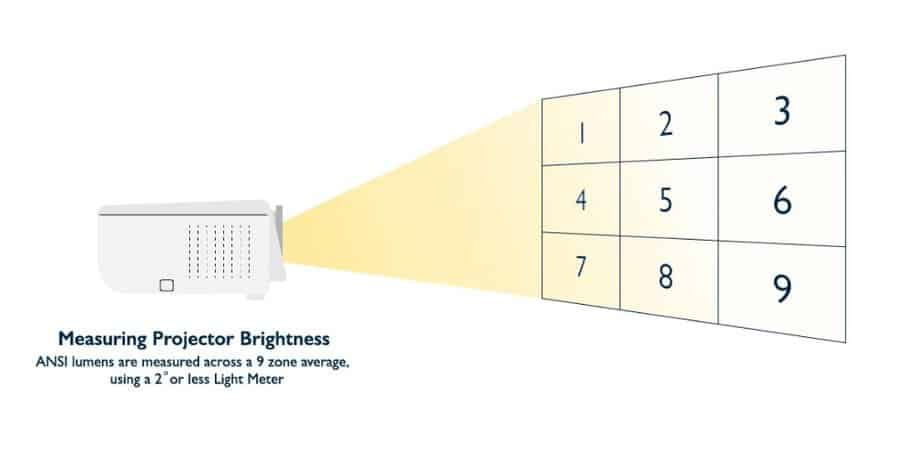
ANSI Lumens rating is commonly used in various applications, including home theater systems, classrooms, conference rooms, auditoriums, and large-scale venues. These ratings help users determine the appropriate projector brightness based on the specific requirements of the environment, such as screen size, viewing distance, and ambient light conditions.
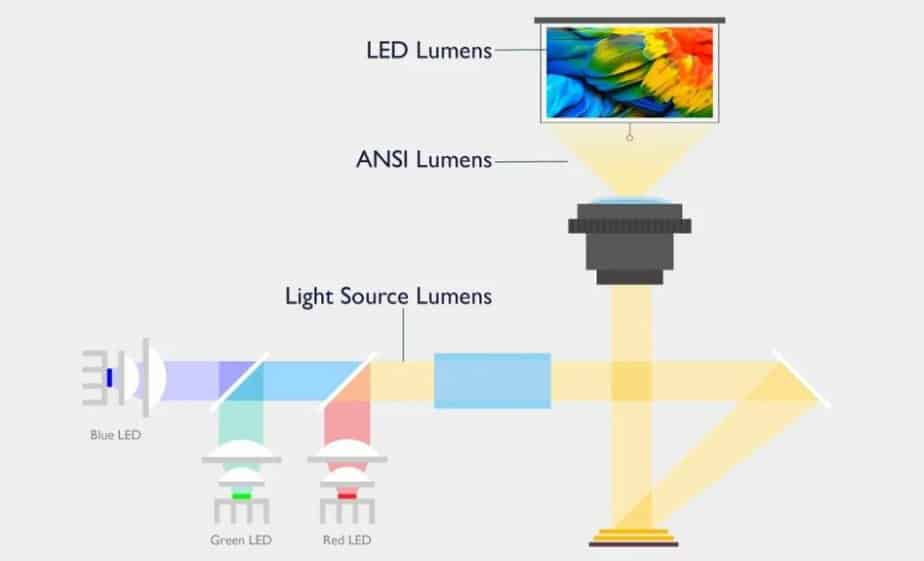
Advantages and limitations of ANSI Lumens as a brightness metric
Light source Lumen
Understanding the advantages and limitations of using light source Lumen as a brightness metric allows consumers and lighting professionals to make informed decisions when selecting lighting products for various applications.
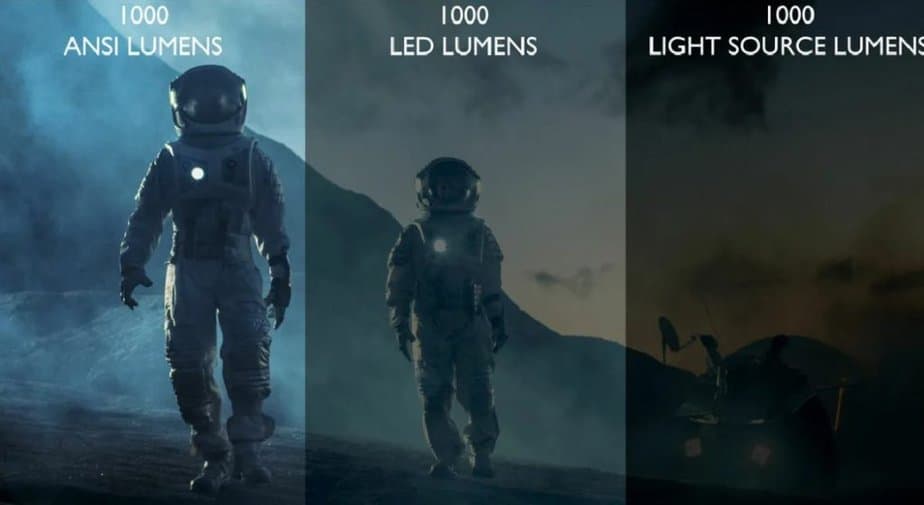
It provides a standardized framework for evaluating and comparing the brightness of different light sources, leading to more effective and appropriate lighting solutions.
Definition of light source Lumens
Lumen is a fundamental unit of measurement used to quantify luminous flux, which represents the entire amount of visible light emitted by a light source.
Unlike ANSI Lumens, which are specific to projectors, light source lumens are a more general measurement used in a wide range of lighting applications, including bulbs, lamps, and fixtures. Light source lumens provide a standardized and objective way to evaluate the brightness of light sources.
Light source lumens hold great importance in general lighting applications as it allows consumers to assess and compare the brightness of various lighting products.
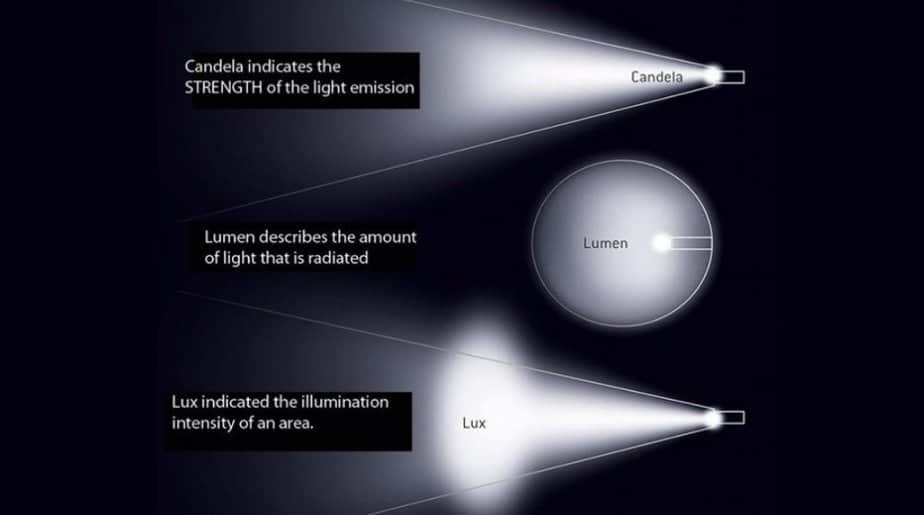
Comparison of Lumen to other brightness measurements
While ANSI Lumens are specific to projectors, Lumen serves as a broader metric applicable to a wide range of light sources. ANSI Lumens measure the brightness of a projected image, while Lumen measures the total light output of a light source.
Factors affecting Lumen measurements and accuracy
The efficiency of a light source affects the number of lumens it produces per unit of electrical power consumed. Additionally, the spectral distribution, which determines the light’s color composition, can impact the perceived brightness.
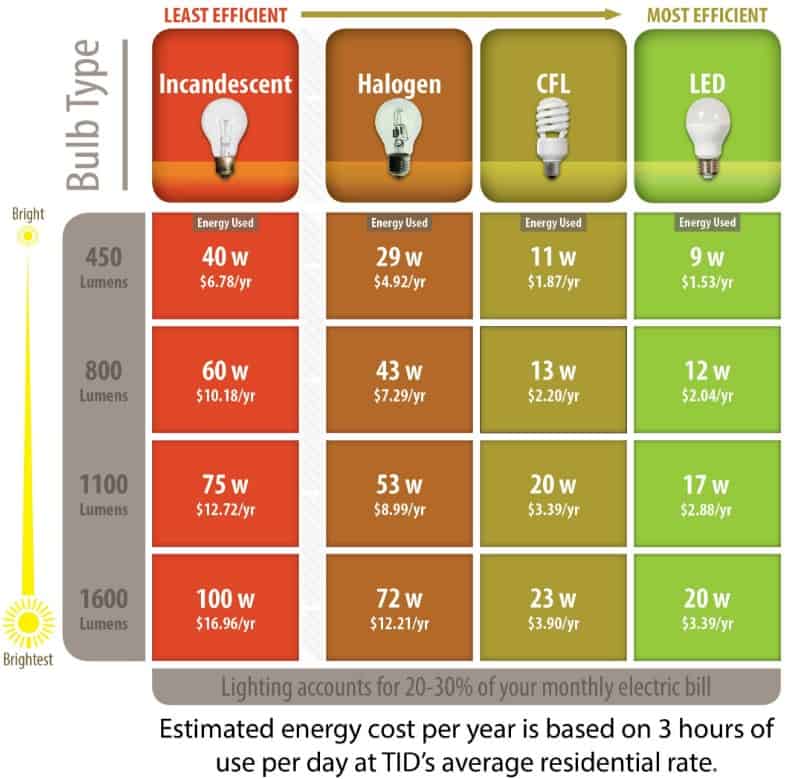
The beam angle of a light source influences how the emitted light is spread over a given area. A narrower beam angle concentrates the light in a smaller region, resulting in higher illuminance but potentially lower total lumen output.

The surrounding environment and the presence of reflective surfaces can affect the perceived brightness. Light absorption, scattering, or reflection can alter the way lumens are perceived in a given space.
Advantages and limitations
Differences between ANSI Lumens and Lumen
Understanding the disparities between ANSI Lumens and Lumen enables users to make informed decisions about the appropriate metric to use in different scenarios.
The primary difference between ANSI Lumens and Lumen lies in their measurement approaches.
ANSI Lumens specifically focus on projectors and take into account the brightness of the entire projected image. It provides a standardized method to evaluate projector performance by considering factors like image brightness uniformity, contrast ratio, and image quality.

On the other hand, Lumen is a more general measurement that is applicable to various light sources, encompassing bulbs, lamps, and fixtures.
Specific contexts where Lumens and ANSI Lumens are applied
ANSI Lumens find their application primarily in the realm of projectors (LED projectors or portable projectors), where it serves as a standardized metric to assess brightness levels. It helps users determine the appropriate projector for specific settings, considering factors such as screen size, viewing distance, and ambient lighting conditions.

Lumen, on the other hand, is widely used in general lighting applications. It allows consumers to compare the brightness of different light sources.
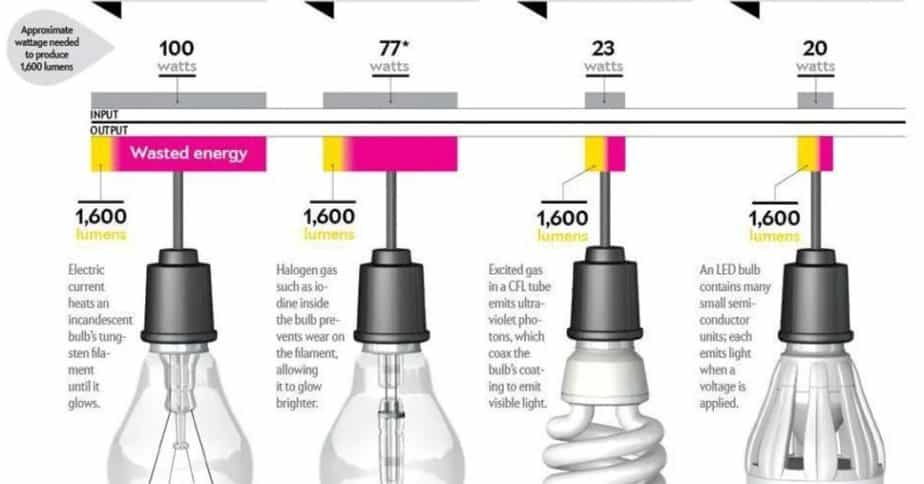
Impact of device characteristics
The characteristics of the devices being measured have a significant impact on ANSI Lumens and Lumen measurements. ANSI Lumens are influenced by factors such as the projector’s light source technology, optics, and image settings, which collectively determine the images’ quality and overall brightness.

Lumen, being a more general metric, is influenced by factors like light source efficiency, spectral distribution, beam angle, and light distribution.
Practical implications for choosing
The choice between Lumens and ANSI Lumens depends on the specific application and the lighting device under consideration.
If the goal is to select a projector, ANSI Lumens provide a standardized and contextually relevant metric for comparing brightness levels. It helps ensure optimal quality and visibility in projection-based settings.
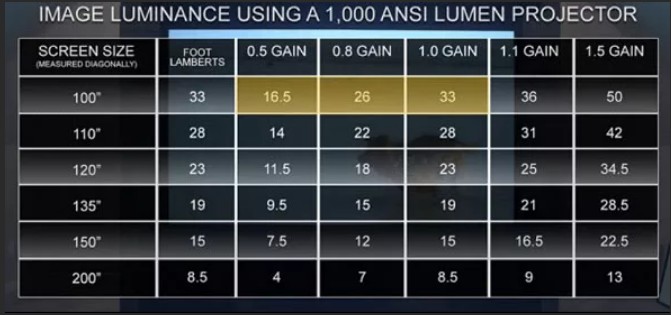
On the other hand, if the objective is to evaluate and compare the brightness of general lighting products, Lumen is the appropriate metric. Lumen allows for a broader assessment of light sources and facilitates informed decision-making based on the desired level of illumination in a given space.
Conclusion
By examining the fundamental disparities between Lumens and ANSI Lumens, we can appreciate their distinct measurement approaches and contexts of application.
FAQ
How many lumens are in an ANSI lumen?
An ANSI lumen is equivalent to a regular lumen. The ANSI designation primarily emphasizes the measurement methodology used to determine the lumen output of a projector, ensuring consistency and accuracy in brightness measurements.
Therefore, there is no difference in the numerical value between an ANSI lumen and a regular lumen. Both represent the same unit of measurement for luminous flux.
How bright is 500 ANSI lumens?
The brightness level of 500 ANSI lumens will depend on the specific application and the size of the projected image or illuminated area. Generally, 500 ANSI lumens is considered relatively low brightness and may be suitable for a small, dark room or intimate settings where a lower level of illumination is desired.
However, in larger spaces or environments with significant ambient light, 500 ANSI lumens may appear dim and lack sufficient brightness for clear visibility.
Is ANSI better than lumens?
The comparison between ANSI and lumens is not a matter of one being better than the other, as they serve different purposes. ANSI lumen is a standardized metric specifically designed to measure projector brightness (in ordinary and portable projectors), considering factors such as image quality and uniformity.
On the other hand, a lumen is a general unit of measurement used to quantify luminous flux in various lighting applications, like in light bulbs. ANSI lumen provides a contextually relevant assessment for projectors, while lumen offers a broader evaluation of total lighting output for different light sources.
Is 300 ANSI lumens enough?
The sufficiency of 300 ANSI lumens depends on the specific application and the conditions in which it is going to be utilized. In general, 300 ANSI lumens is considered relatively low brightness and may be suitable for small, dimly lit environments or intimate viewing situations. It may work well for personal use or in darkened rooms.
However, for larger spaces or areas with significant ambient light, 300 ANSI lumens may appear dim and may not provide adequate brightness for clear visibility. It is essential to consider the specific requirements and environment of the application when determining if 300 ANSI lumens is sufficient.
How to convert LED lumens to an ANSI lumens value?
For an approximate conversion of LED lumens to ANSI lumens, you can utilize the following formula: LED Lumens value ÷ 2.4 = ANSI Lumens. By applying this formula, LED lumens value ÷ 2.4 = ANSI Lumens, 1000 LED Lumens would equate to approximately 417 ANSI brightness lumens. And to convert ANSI Lumen to LED lumens, remember that one ANSI lumen corresponds to 2.4 LED lumens.
How many lumens do laser projectors provide?
Laser projectors can provide varying lumen outputs depending on the specific model and technology used. High-end professional projectors designed for large venues or outdoor installations can even exceed 50,000 lumens.
What is recommended for ambient lights?
The recommended lumen level for ambient light depends on the specific application and desired atmosphere. Generally, for general room lighting, a range of 1,500 to 3,000 lumens is recommended. Task lighting may require higher levels, around 3,000 to 6,000 lumens. For dim and relaxing lighting, 500 to 1,500 lumens create a cozy ambient light. Consider personal preferences, color temperature, natural light, and specific activities in the space.
Do I need higher ANSI lumens for ambient light?
Yes, overall, higher ANSI lumens are advised for settings with significant ambient light. Ambient light refers to the existing light in a room or space coming from natural or artificial sources. When there is a significant amount of ambient light present, ambient light can reduce the perceived brightness and clarity of projected images or displayed content.
The specific ANSI lumen requirement for a room with ambient light will depend on the level of ambient light in the environment. Rooms with high levels of ambient light may necessitate projectors with higher ratings (e.g., 3,000 lumens or more) to ensure optimal visibility in the ambient light.
To overcome the impact of ambient light, such a projector is advantageous. These projectors have greater brightness output, allowing the projected image to compete with the ambient light, resulting in a clearer and more vibrant display.
